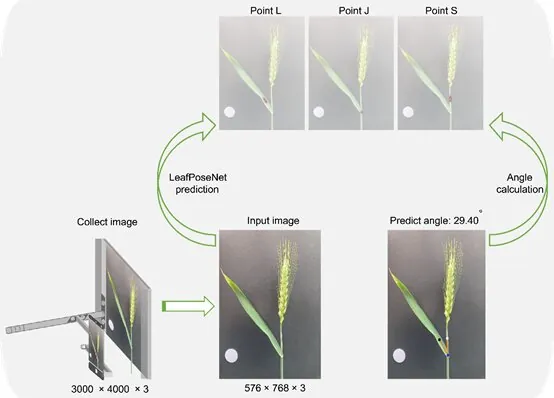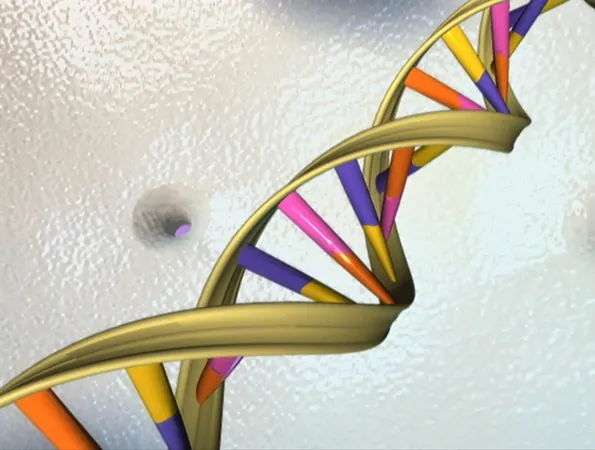
Revolutionizing Wheat Breeding: A Game-Changing Method for Measuring Flag Leaf Angle
2025-08-29
Author: Noah
Innovative Breakthrough in Wheat Farming
A groundbreaking study spearheaded by Professor Jiang Ni at the Institute of Genetics and Developmental Biology of the Chinese Academy of Sciences has unveiled a revolutionary cost-effective technique for measuring the flag leaf angle (FLANG) in wheat. This advance, coupled with the introduction of a state-of-the-art lightweight deep learning model known as LeafPoseNet, promises unprecedented accuracy in this critical agricultural measurement.
Why Flag Leaf Angle Matters
FLANG is vital in wheat breeding as it significantly impacts plant architecture, light absorption, and ultimately, crop yield. Despite its importance, traditional methods for measuring FLANG have been painstakingly slow and subjective, creating a bottleneck in the fast-paced world of modern agricultural phenotyping.
LeafPoseNet: The Future of Automated Measurements
To overcome these obstacles, the research team engineered LeafPoseNet—a cutting-edge pose detection model that simplifies the measurement process. By automatically identifying three crucial points on the wheat plant: the center of the flag leaf, the juncture between the flag leaf and stem, and the center of the stem, LeafPoseNet enables precise calculations of FLANG with remarkable speed.
Unmatched Performance Metrics
When put to the test against top-tier models, LeafPoseNet showcases exceptional results, achieving a mean absolute error of just 1.75°, a root mean square error of 2.17°, and an impressive coefficient of determination of 0.998. This model is not only robust across various leaf shapes and complex situations but is also lightweight enough to run on smartphones, paving the way for rapid and efficient in-field measurements.
Genetic Insights from Wheat Accessions
In practical applications, the researchers used LeafPoseNet to assess FLANG across an extensive panel of 221 bread wheat accessions. By employing a mixed linear model for genome-wide association studies, they've pinpointed 10 quantitative trait loci linked to FLANG, providing invaluable insights into the genetic landscape influencing this trait in wheat.
The Future of Wheat Breeding is Here
With such innovations at our fingertips, the future of wheat breeding is set to soar, potentially transforming agricultural practices and enhancing food production globally. This cost-effective, tech-driven approach marks a significant leap forward in achieving the agricultural efficiency required for the challenges that lie ahead.









 Brasil (PT)
Brasil (PT)
 Canada (EN)
Canada (EN)
 Chile (ES)
Chile (ES)
 Česko (CS)
Česko (CS)
 대한민국 (KO)
대한민국 (KO)
 España (ES)
España (ES)
 France (FR)
France (FR)
 Hong Kong (EN)
Hong Kong (EN)
 Italia (IT)
Italia (IT)
 日本 (JA)
日本 (JA)
 Magyarország (HU)
Magyarország (HU)
 Norge (NO)
Norge (NO)
 Polska (PL)
Polska (PL)
 Schweiz (DE)
Schweiz (DE)
 Singapore (EN)
Singapore (EN)
 Sverige (SV)
Sverige (SV)
 Suomi (FI)
Suomi (FI)
 Türkiye (TR)
Türkiye (TR)
 الإمارات العربية المتحدة (AR)
الإمارات العربية المتحدة (AR)